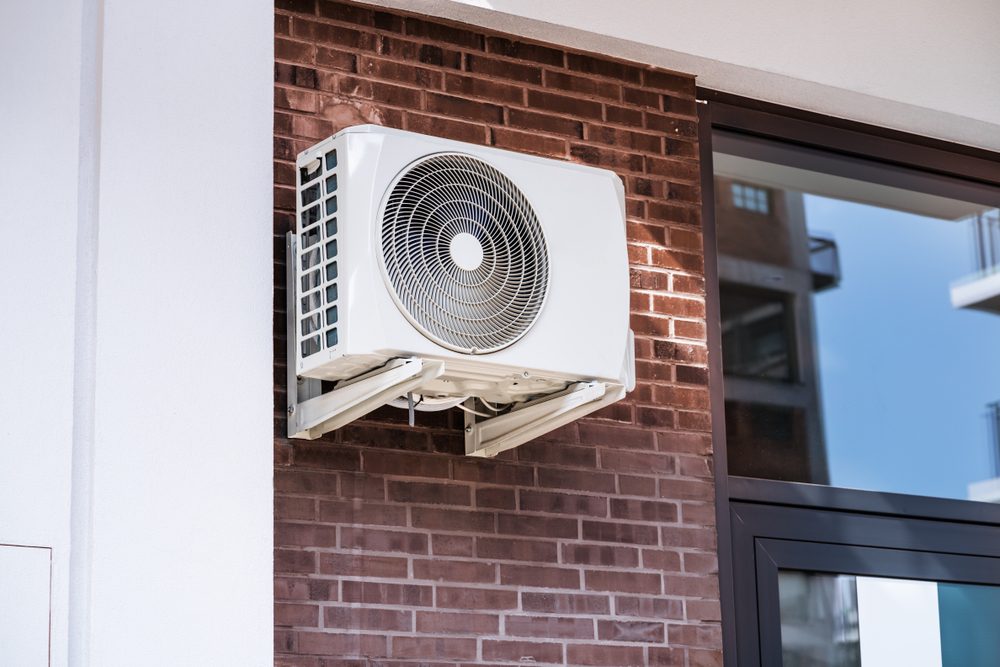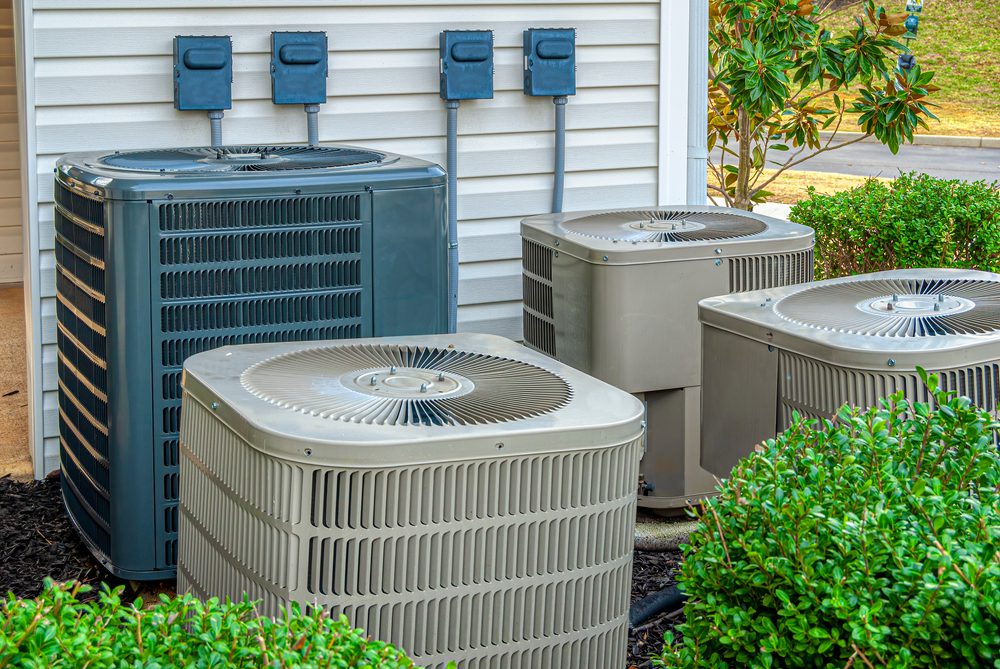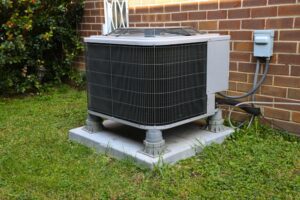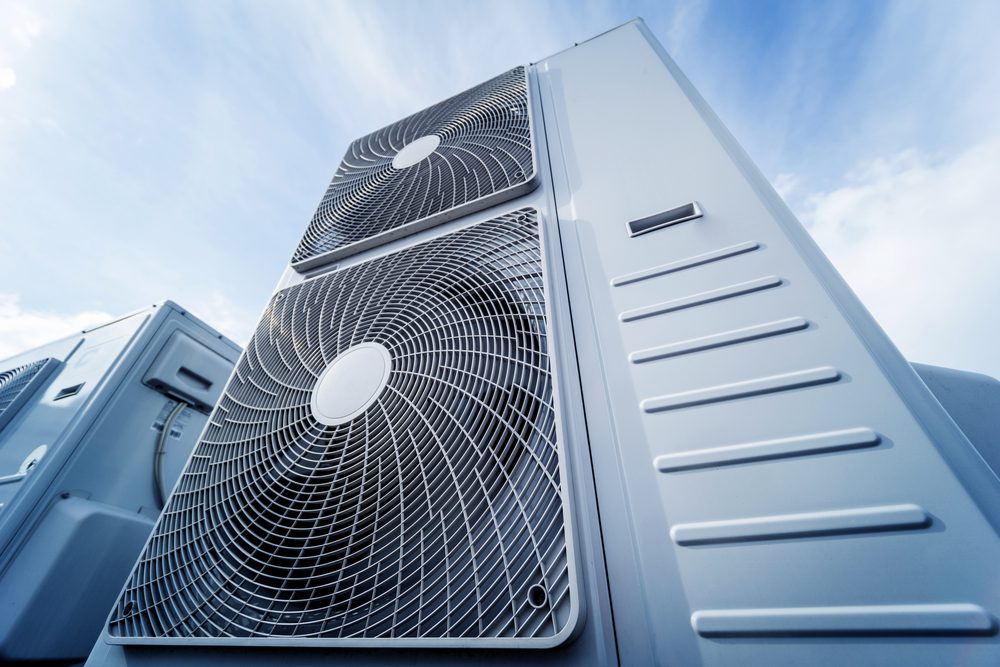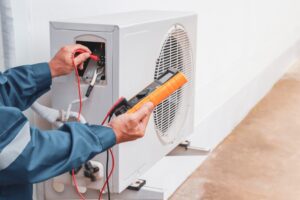Ductless mini-split systems, often referred to simply as mini-splits, are heating and cooling systems that provide individual temperature control for specific areas or zones within a home.
Suppose you’re considering upgrading your home’s HVAC system or looking for an efficient way to heat and cool specific areas. In that case, it’s worth exploring whether a ductless mini-split system is suitable for your home.
Benefits of Ductless Mini-Split Systems
Before deciding if a ductless mini-split system is suitable for your home, it’s essential to consider the advantages it offers:
Energy Efficiency
Mini-splits are highly energy-efficient, allowing you to heat or cool only the needed areas. This zoning capability can lead to significant energy savings compared to central systems that heat or cool the entire home.
Easy Installation
Installing mini-splits is relatively straightforward and requires no ductwork. This can be a cost-effective solution for homes without existing ducts or those looking to avoid the expense of duct installation.
Individual Control
With mini-splits, you can customize the temperature in different zones, providing personalized comfort for each room or area. This is especially useful in homes with varying heating and cooling needs.
Improved Indoor Air Quality
Mini-splits are equipped with multi-stage filtration systems that help remove allergens, dust, and other particles from the air, resulting in better indoor air quality.
Quiet Operation
These systems are known for their quiet operation, as the noisy components are in the outdoor unit. This makes them an excellent choice for bedrooms and living areas.
Flexible Design Options
Mini-split indoor units come in various styles and sizes, allowing you to choose units that blend seamlessly with your home’s decor.
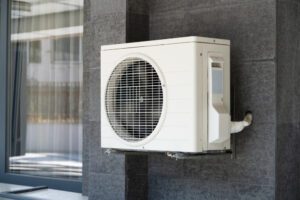
Heating and Cooling
Mini-splits provide heating and cooling capabilities, making them suitable for year-round comfort.
Is a Ductless Mini-Split Right for Your Home?
While ductless mini-split systems offer many advantages, evaluating whether they are the right fit for your home is essential. Consider the following factors:
-
Home Size
 Mini-splits are ideal for smaller to medium-sized homes. For larger homes, multiple units may be necessary to adequately heat and cool all areas, which can increase the installation cost.
-
Zoning Needs
Mini-splits are an excellent choice if your home has varying heating and cooling needs across different rooms or areas. They provide individual control and can eliminate hot and cold spots.
-
Ductwork
If your home already has ductwork, weigh the cost of retrofitting and maintaining the existing system against the benefits of installing a mini-split.
-
Energy Efficiency Goals
If energy efficiency is a top priority, mini-splits are a compelling option. They allow you to avoid the energy losses associated with ductwork.
-
Budget
While mini-splits can be cost-effective in the long run due to their energy efficiency, the initial installation cost may be higher than a traditional central HVAC system.
However, rebates and energy incentives may be available to offset some of the cost.
-
Aesthetic Preferences
Consider the placement of indoor units and whether they align with your home’s aesthetics. Many mini-split models offer sleek and discreet designs.
Professional Installation Matters with Ductless Mini-Split Systems
It’s advisable to consult with HVAC professionals to assess your specific needs and determine the most suitable HVAC solution for your home. A-Tech Repair can offer invaluable advice on whether ductless mini-split systems are ideal for your home.




